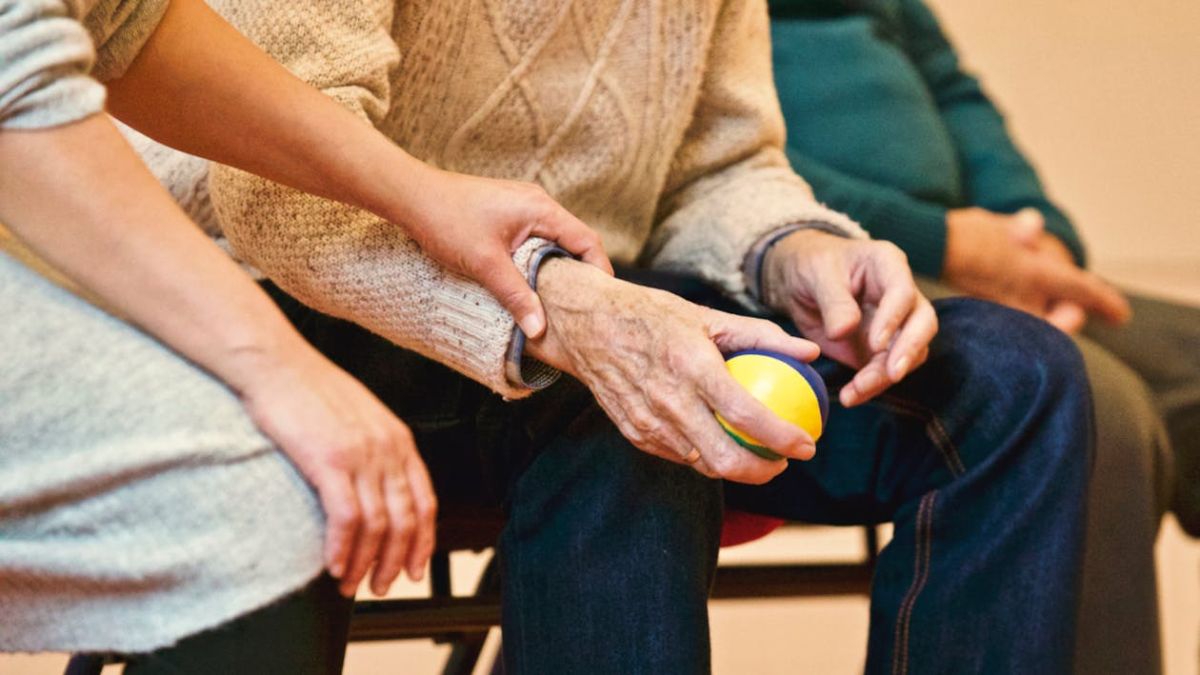What are vital signs and how are they important to my health?
You’ve seen the signs in doctor’s offices, hospitals and on the news—the vital signs for monitoring a patient’s health. The vital signs include heart rate, breathing rate, blood pressure and temperature. Vital signs are taken with a blood pressure cuff, stethoscope, thermometer and through observation. A doctor monitors your vital signs every time you have a checkup or visit for an injury or illness. You may wonder why these seemingly simple statistics are so important for a provider to measure. Having key information about your status can help them assess what is happening with your health. Information like your heart rate, breathing rate, and blood pressure can indicate whether your body is working properly, and give clues as to what might be wrong if you are sick.
What are the vital signs?
Vital signs are the four physical measurements that doctors take to monitor your body’s health and detect diseases. These include your heart rate, respiratory (breathing) rate, body temperature and blood pressure. When monitored regularly and in cooperation with your other health history, vital signs can be used to help diagnose conditions ranging from simple dehydration to more life-threatening diseases.
The four vital signs are:
- Heart rate: The number of times your heart beats per minute.
- Blood pressure: The force of blood against your artery walls as it pumps through your body.
- Respiratory rate: How many breaths you take in one minute.
- Body temperature: Your body’s internal heat, measured in degrees Fahrenheit (F).
| It’s important to note that when tracking our vital signs regularly, our blood pressure readings may be higher when taken at the doctor’s office compared to other settings. These results are attributed to the anxiety patients might experience during medical appointments, otherwise known as “White coat syndrome.” |
Why should I check my vital signs regularly?
Vital signs are important because they can tell you if something is wrong with your body.
- If you have a fever and your temperature is 103°F (39.5°C) or higher, call your doctor right away. High fevers are a sign of infection somewhere in the body.
- If you have high blood pressure (top number of 130 or higher and bottom number of 80 or higher), it’s important to take your own blood pressure at least once a week. If your blood pressure is high, it might mean that you have chronic high blood pressure (hypertension). High blood pressure can lead to serious health problems, so it’s important to get it under control. You should also keep track of your readings and share them with your doctor.
- If you have a high heart rate (over 100 beats per minute), it may be an early sign of heart disease. If you have a family history of heart disease, this can be especially important. If you notice that your heart rate is consistently high or rising, call your doctor right away.
- If you have a high respiratory rate (more than 20 respirations per minute), it could be a sign of a heart or lung problem.
How are vital signs measured?
Vital signs are measured using a variety of tools. Your doctor or nurse will use a stethoscope to listen for your heart rate and rhythm, or they may use an electrocardiogram (ECG) machine to look for any irregularities. Blood pressure is measured using a blood pressure cuff that wraps around your arm, and temperature is measured with a thermometer in your mouth. Respiratory rate is counted by observing how many times you breathe in one minute.
How to take your vital signs:
- To measure your heart rate (pulse):
- Place two fingers on the inside of your wrist below the base of your thumb, or on the side of your neck below your jawbone.
- Count how many times it beats in 30 seconds and multiply that number by 2 to get the beats per minute (BPM).
- To measure your blood pressure:
- Wrap the cuff around your arm and inflate it so that it stops at two numbers- systolic pressure (the point when blood begins to flow through arteries) and diastolic pressure (the pressure when blood flows between heartbeats).
- Make sure your legs are uncrossed and your feet are flat on the ground before beginning a reading. You can also take a few calming breaths to relax and make sure you get the most accurate reading.
- You may have an automatic blood pressure machine that takes a reading without you having to inflate the cuff yourself. In this case you can usually press the button and wait for the reading to appear.
- Learning to take your own blood pressure can take practice, so have a health care provider show you how to do it correctly.
- To measure your temperature: Contact vs no-contact options available
- Press the button then place a thermometer under your tongue for 10 to 15 seconds or until it beeps, then take the reading on the screen.
- Alternatively, you could use a non contact (temporal) thermometer. Point it 3-5 cm from your forehead and wait for the sound indicating your temperature has been taken.
- You could also use an ear (tympanic) thermometer. Gently insert the thermometer until the ear canal is fully sealed off and hold down the button for 1 second. Remove the thermometer and read the temperature. Use a clean probe tip each time!
- To measure your respiratory rate (breathing rate):
- Sit down and take a few breaths to relax.
- It’s best to measure your respiratory rate while sitting up in a chair or in your bed.
- Set a timer and count the number of times your chest or abdomen rises over the course of one minute. This is your respiratory rate.
| Takeaway: Vital signs offer a window into how your body is working at any given time. Not only can they tell you if something has suddenly gone wrong, but they can also be used to track changes in your health over time. However, digital monitoring can sometimes be inaccurate so you should retake the vital if the number is very unusual or unexpected, or check the batteries if it’s consistently incorrect. |
Summing it up:
Vital signs monitor the state of your internal organs, including heart rate, respiratory rate and body temperature. If you have a normal range of vital signs along with your other measurements, it can help diagnose conditions such as dehydration, blood pressure problems and infections. Vital signs are an important part of your health and shouldn’t be ignored. Whether you’re healthy or sick, they can help you find a diagnosis for whatever problem may arise. Plus, when monitored regularly along with other relevant health data, they become even more effective. And if you want to keep tabs on these vital signs on your own, there are some easy ways to do that too.






